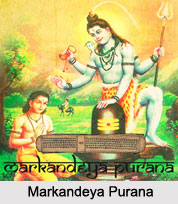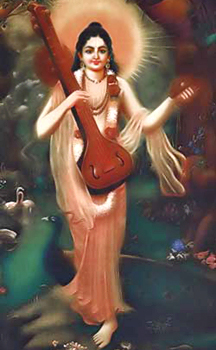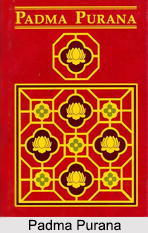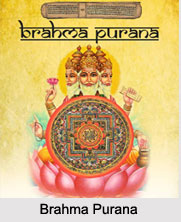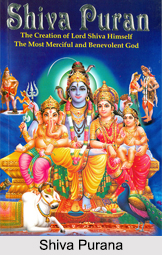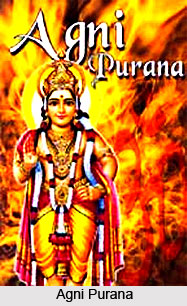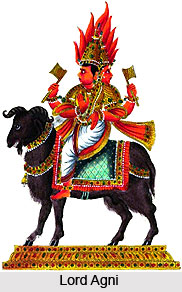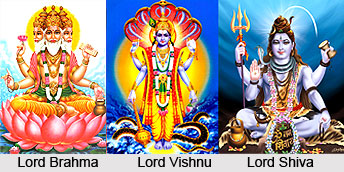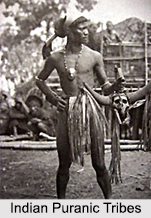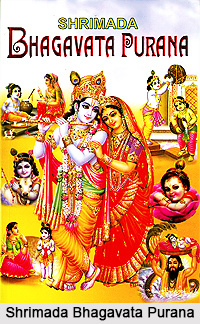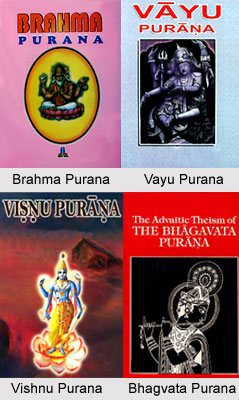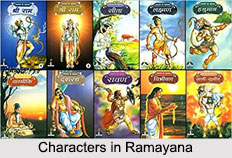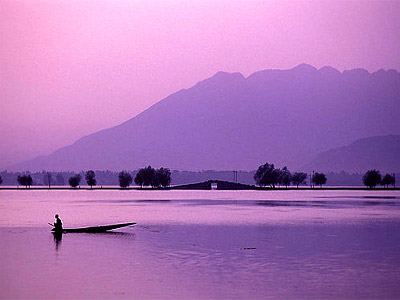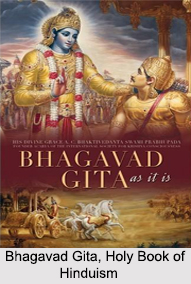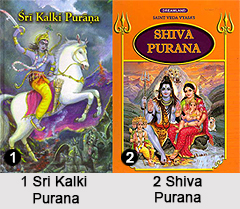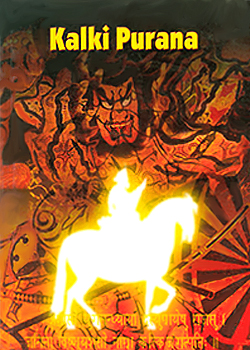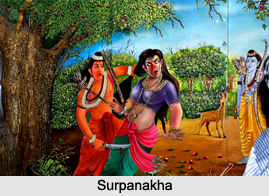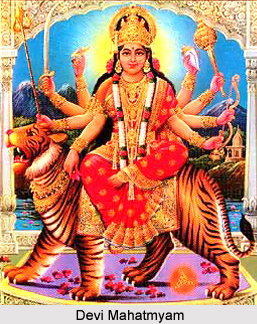 Devi Mahatmyam is a Hindu religious text and a part of the Markandeya Purana. It comprises of 700 verses that have been divided into thirteen chapters. The text relates about the battle of the Goddess Durga and Mahisasura where the deity emerges victorious. This is considered as the most important text of Shaktism. Devi Mahatmyam is also regarded as Durga Saptashati. Devi Mahatmyam is seen as an effort to unify the vedic male pantheon with the pre existing mother goddess cult. The form of Devi Mahatmyam finds a special place in the text. The different types of variations in the form have been discussed below:
Devi Mahatmyam is a Hindu religious text and a part of the Markandeya Purana. It comprises of 700 verses that have been divided into thirteen chapters. The text relates about the battle of the Goddess Durga and Mahisasura where the deity emerges victorious. This is considered as the most important text of Shaktism. Devi Mahatmyam is also regarded as Durga Saptashati. Devi Mahatmyam is seen as an effort to unify the vedic male pantheon with the pre existing mother goddess cult. The form of Devi Mahatmyam finds a special place in the text. The different types of variations in the form have been discussed below:
Variations in arms of Devi Mahatmya
Devi Mahatmya possesses number of arms that varies from one image to another. She is usually seen having two arms, four arms, six arms, eight arms, ten arms, twelve arms, sixteen arms, eighteen arms, twenty arms, thirty-two arms and thousand arms.
Ornaments of Devi Mahatmyam
Goddess Durga is usually adorned with several elegant ornaments such as:
* Kangan - a bracelet of beads
* Kantha - a short necklace of beads with the central pendant and a looped chain
* Biju - a row of beads over the upper arm
* Keyura - armlet of a decorative design
* Lambanam - a long necklace made of chains held at intervals by flat bands.
* Valaya - wrist band
* Sankala - anklet of thick chain
* Atkana - beaded necklace worn over the left shoulder and right arm
* Kundala - ring type ear ring
* Karnika - ear ring of trimpet shape
* Nupura - anklet with rings of elaborate design
* Kara - made of several twisted wires, worn on either anklet
* Hara - long pearl necklace
* Sitara - a round ornament on forehead
* Mekhala - waist band with many more strings with clasp and decorative designs at the centre
* Mudrika - finger ring
Attributes of Devi Mahatmyam
Devi Mahatmyam is seen holding different types of attributes in her various hands. Some of them are: chakra, bow and arrow, sula, vajra, goad, bell, conch, club, dagger, trident, battle axe, sword, snake, danda, noose, shield cup, damaru, mirror, plough and vajra.
Postures of Devi Mahatmyam
Devi Mahatmyam is usually seen in standing posture. She is sometimes seen standing erect where the head of the buffalo is engraved over the pedestal. The deity is also seen in other postures like in alidha or pratyalidha, in tribhanga or dvibhanga style. Of these, tribhahga posture had been the most common as she is usually engaged as killing of the buffalo demon. She is seen in the samabhanga form and occasionally in dvibhanga style when she appears as the saumyamurti. When she engaged in conflict she is in tribhanga style. When the goddess is in alidha posture the right knee is thrown to the front; the leg is retracted and the left leg is diagonally stretched behind. Both the attitudes are adopted by the artist in displaying the images of the goddess.
Sometimes she is seated on a lion and at other times over the head of mahisa. She is also portrayed standing in pratyalidha posture.
Vehicle of Devi Mahatmyam
The lion is usually described as the vehicle of Devi Mahatmyam. It not only acts as her mount but also functions as a forceful associate. Sometimes the goddess is seen sitting on its back and at other times the right foot of the goddess is placed on its back. Occasionally the lion is shown engaged in fight with the demon.
Crown of Devi Mahatmyam
The goddess is usually adorned with the crown of Kirita or karanda and her body is embellished with ornaments. Her breasts are tied with a serpent and red bodice cover her breasts and upper part of the body.
Hand Mudras of Devi Mahatmyam
The hands of Devi Mahatmyam in the sculptures are depicted in different poses such as
* Abhaya Mudra - offering protection
* Varada Mudra - bestowing the boon
* China Mudra - questioning
* Tarjani Mudra - warning
* Vismaya Mudra - surprising
* Katihasta Mudra - hand resting over the hip
Army of Devi Mahatmyam
Most of the texts highlight the fact that the goddess during her battle with Mahisasura fought alone with her attendants but in some of the texts she has been depicted as having been assisted by a number of elemental forces including the heads of tiger, wolf, horse, buffalo, bear, mouse, cock, bull, goat, sheep and several other types. As per certain mythological stories during the battle some of the energies emerged out of her body of the goddess which includes Goddess Kali, Goddess Bhadrakali and others, who sucked the blood of Raktabija, before it died.

